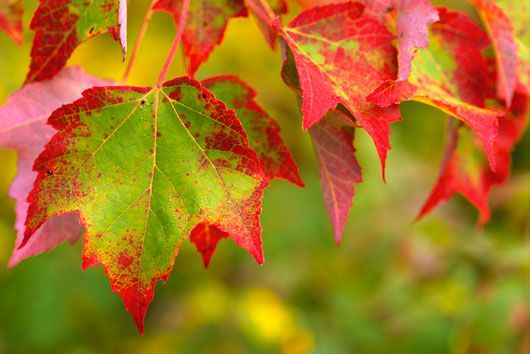Disclaimer: The findings discussed are lab based and further studies need to be done.
Just like cold weather might affect you, research suggests that seasonal changes can also influence the bioactive and beneficial properties of maple products.
To test this, researchers collected leaves in both the summer and fall and analyzed them for antioxidants and phenols; both of which aid in disease prevention. Through a series of laboratory steps, maple syrup extract was made by taking out the most helpful molecules of the leaves. The findings showed high antioxidant and phenol content in the summer leaves and low antioxidant and phenol content in the fall leaves. This suggests that leaves used for retail maple products should be summer leaves, because of their high content of helpful compounds that benefit the body.
Reference: Apostolidis, Emmanouil & Li, Liya & Kang, Bou-Hee & Lee, Chong & Seeram, Navindra. (2012). Seasonal influence on phenolic-mediated antihyperglycemic properties of Canadian sugar and red maple leaves using in vitro assay models. Food Science and Biotechnology. 21. 10.1007/s10068-012-0098-x.

